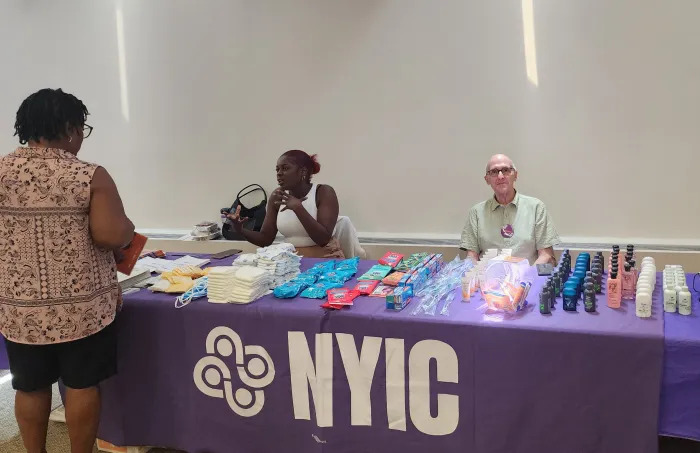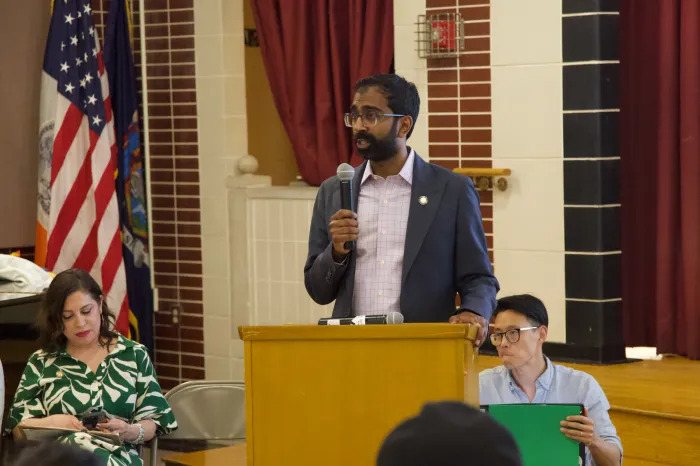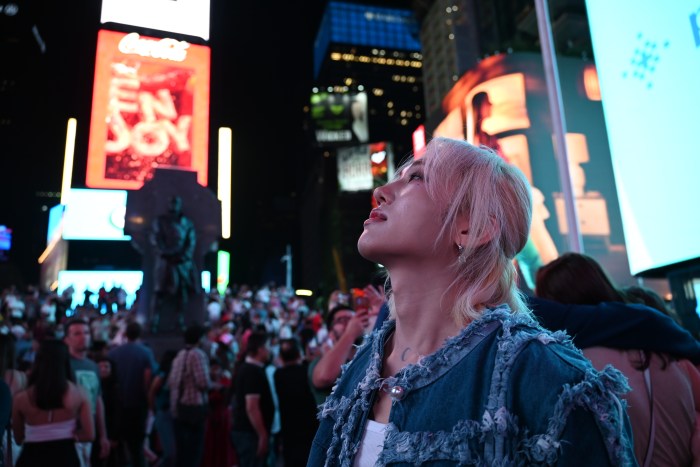It is time to end torture in New York City jails. I am referring to the rampant use of solitary confinement, which has brutalized incarcerated people, cost taxpayers millions of dollars and made our streets more dangerous.
Taking advantage of a City Charter provision guaranteeing access for City Council members, I visited the facilities at Rikers Island to see the conditions for myself. What I saw there and what I heard from experts and activists were shocking. Individuals in solitary confinement spend 23 hours a day in cells, devoid of human contact, in a setting that would be hard for even the healthiest person to endure. It is obvious to me that the aim of solitary, as it is now used, is to break the human spirit, with devastating consequences for all of us.
Last month, I introduced legislation aimed at compelling the city Department of Correction to end this abusive practice, widely recognized as cruel and inhuman treatment by legal experts. The U.N. Special Rapporteur on Torture has reported on the inefficacy and inhumanity of solitary confinement and called for its end. In addition, medical organizations have thoroughly documented the deleterious impact on individuals.
According to the DOC’s own figures, its jails now contain 1,035 solitary beds. Recent years have seen a building frenzy, with capacity increasing 27 percent in 2011 and another 44 percent in 2012. Advocates estimate that at any given time approximately 8 percent of the total jail population is confined to solitary.
While a few individuals may need to be segregated for the safety of others, this represents only a small percentage of the cases in solitary. Individuals can be thrown into “the box” for a wide variety of infractions, from possessing contraband such as cigarettes to fighting with other inmates. Proponents of the practice have yet to show that solitary confinement is effective in addressing minor infractions, especially when disabled or young individuals are involved.
The number of solitary cells keeps growing at a tremendous cost to city taxpayers. The DOC does not release specific figures describing the cost of solitary confinement, but a recent report from the city Office of Management and Budget revealed that the DOC will save $323,000 annually by converting one adolescent solitary confinement unit into a general population housing area.
In addition, placing individuals in solitary fosters violence and exacerbates threats to institutional security, requiring the DOC to expend even more resources. Finally, there is the money needed at public hospitals and programs to treat formerly incarcerated individuals with mental health and drug issues caused or exacerbated by solitary confinement.
We should not forget that the widespread use of solitary confinement has a detrimental impact on public safety. As a society, we cannot brutalize individuals with mental health and substance abuse issues, release them to the streets and expect safe communities. There is a better way for all of us, as Maine has shown over the past few years by dramatically and successfully decreasing the number of individuals in solitary confinement.
The overwhelming amount of evidence against this practice is more than sufficient to compel its restriction to only the most extreme cases. As a matter of fundamental human rights, how the DOC uses solitary confinement must change.
Daniel Dromm
Councilman
(D-Jackson Heights)


































